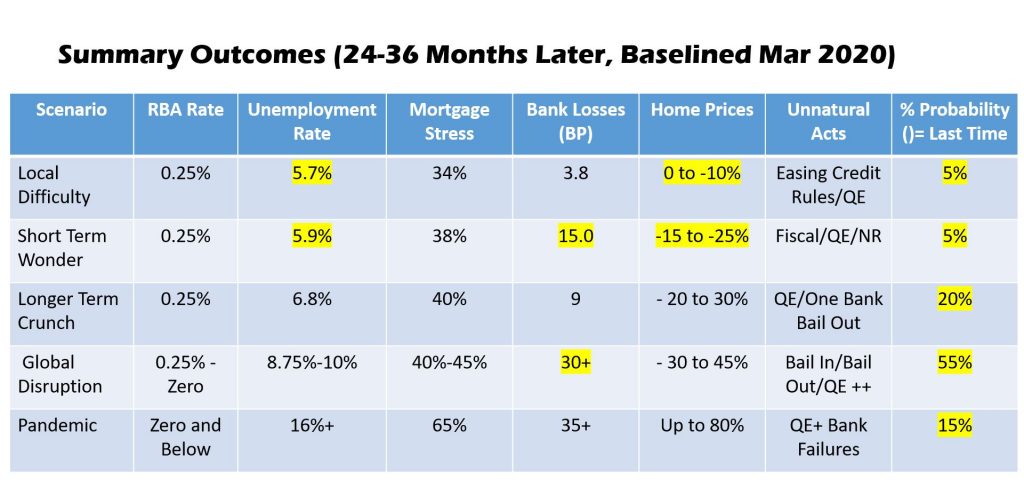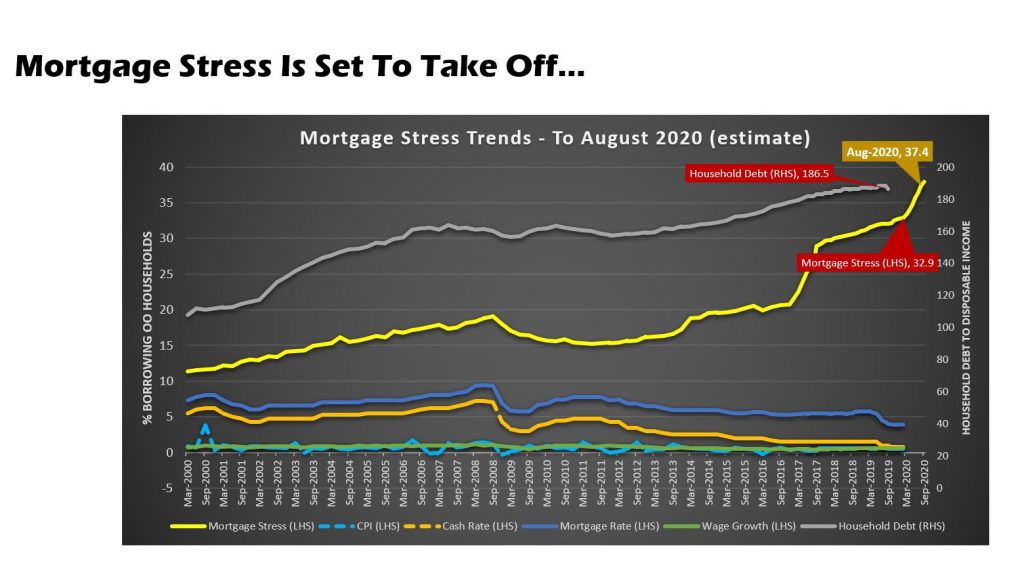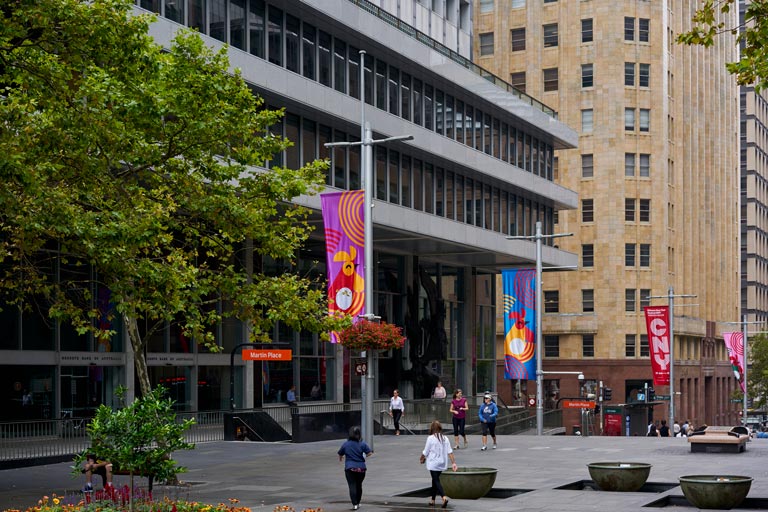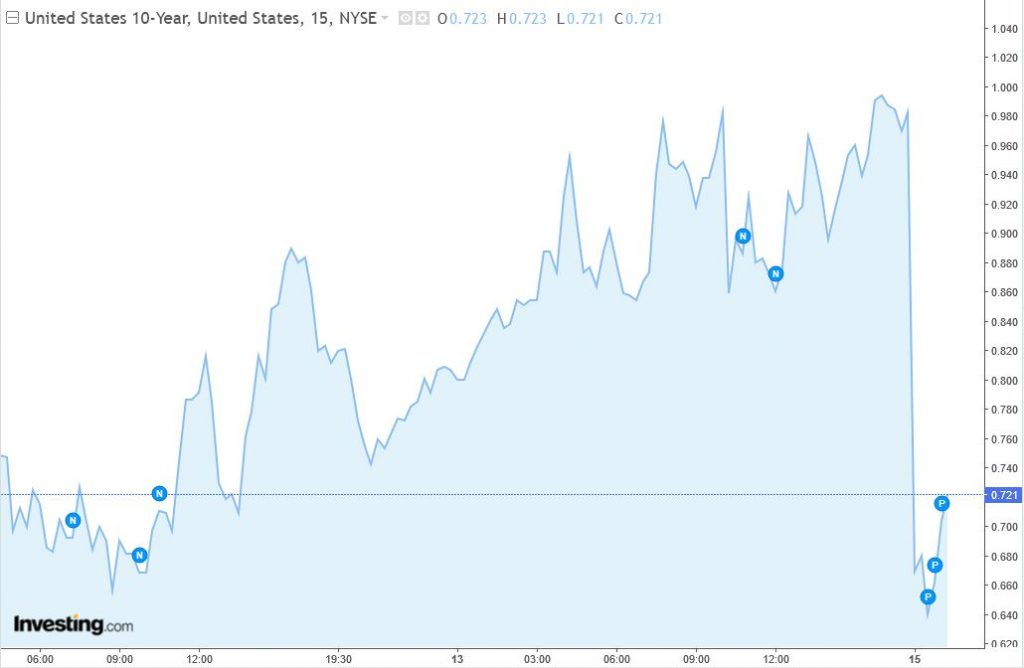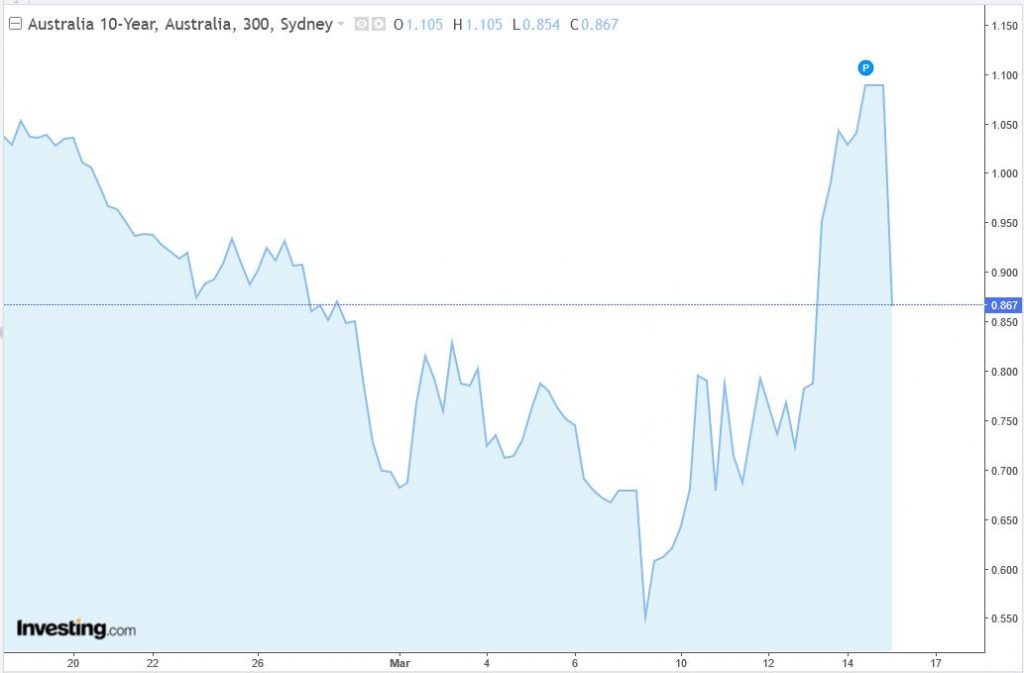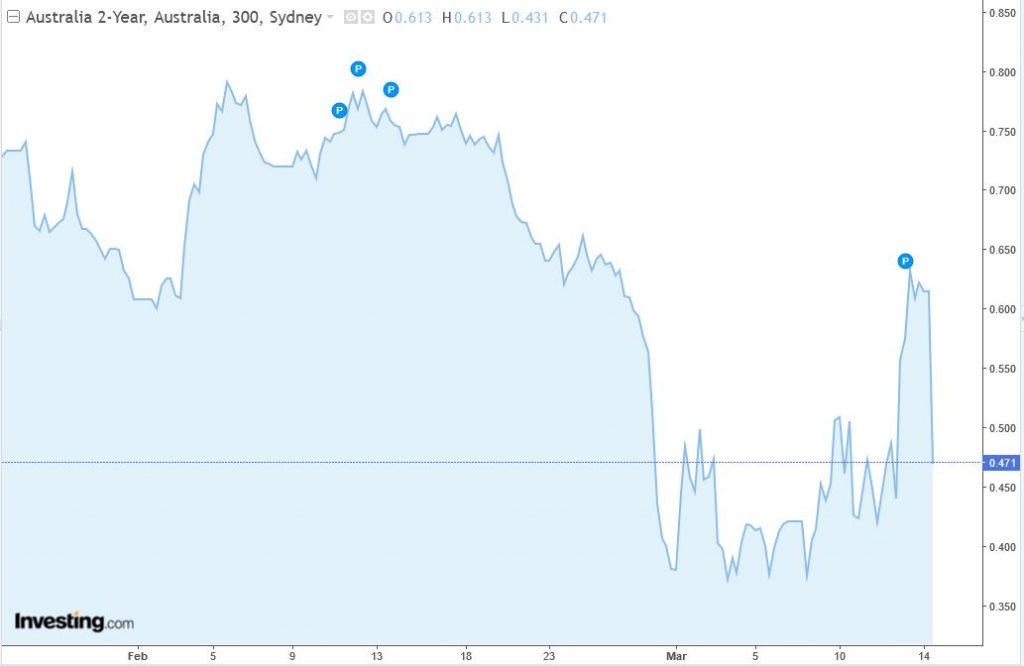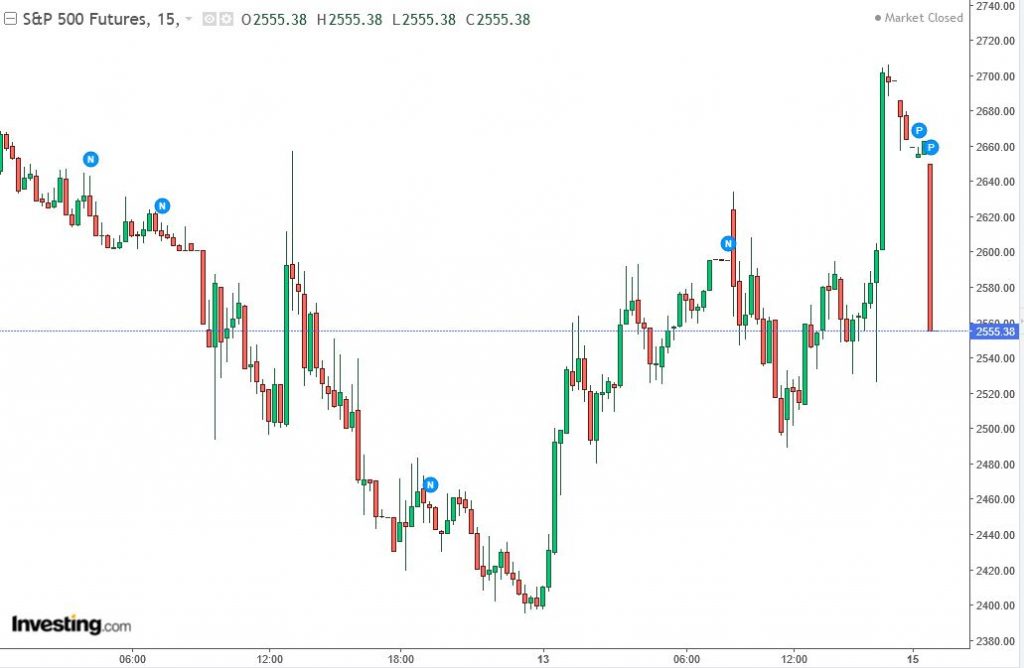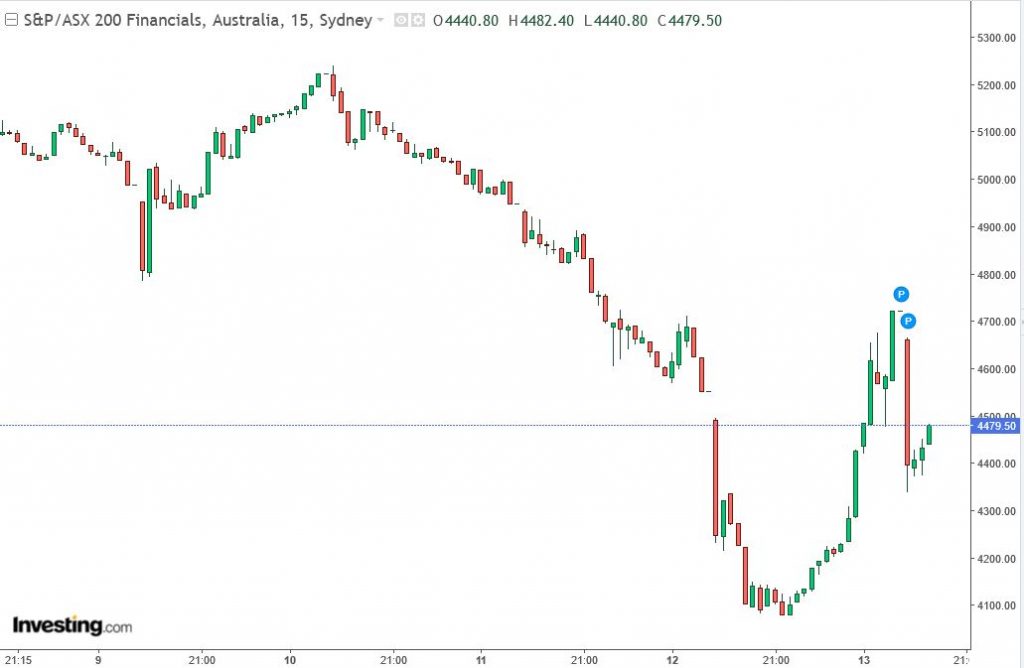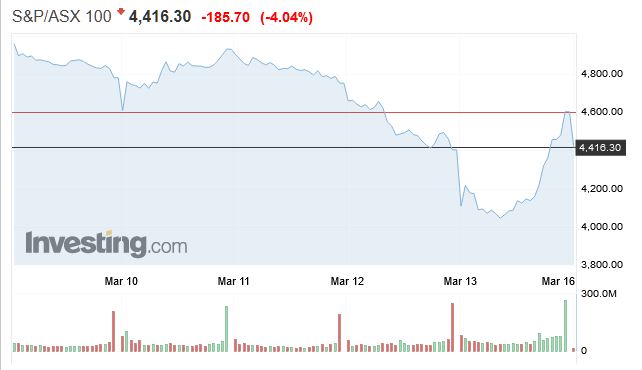UK Treasury and the Bank are coordinating closely in order to ensure that our initiatives are complementary and that they will, collectively, have maximum impact, consistent with the Bank and HM Treasury’s independent responsibilities.
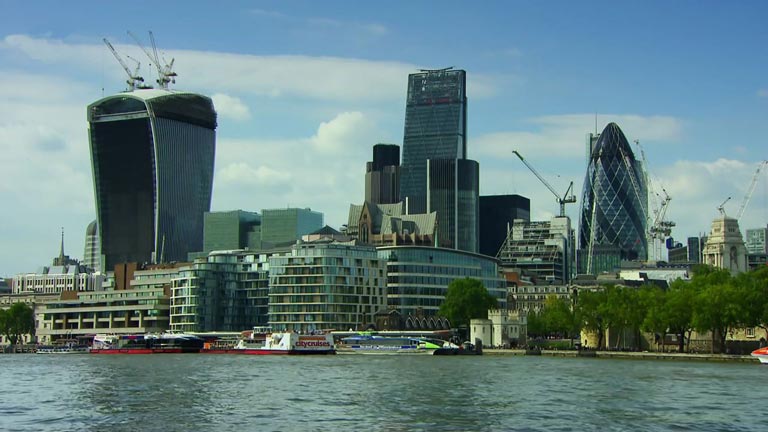
Although the magnitude of the economic shock from Covid-19 is highly uncertain, activity is likely to weaken materially in the United Kingdom over the coming months. Temporary, but significant, disruptions to supply chains and weaker activity could challenge cash flows and increase demand for working capital from companies.
The CCFF will provide funding to businesses by purchasing commercial paper of up to one-year maturity, issued by firms making a material contribution to the UK economy. It will help businesses across a range of sectors to pay wages and suppliers, even while experiencing severe disruption to cashflows.
The facility will offer financing on terms comparable to those prevailing in markets in the period before the Covid-19 economic shock, and will be open to firms that can demonstrate they were in sound financial health prior to the shock. The facility will look through temporary impacts on firms’ balance sheets and cash flows by basing eligibility on firms’ credit ratings prior to the Covid-19 shock. Businesses do not need to have previously issued commercial paper in order to participate.
The scheme will operate for at least 12 months and for as long as steps are needed to relieve cash flow pressures on firms that make a material contribution to the UK economy. The Bank will publish further details of the operation of the CCFF in a Market Notice on Wednesday 18 March. The Bank will implement the facility on behalf of the Treasury and will put it into place as soon as possible.
By providing an alternative source of finance for a wide range of companies, the scheme will help to preserve the capacity of the banking system to lend to other companies, including small and medium-sized enterprises, which rely on banks. Last week, the Bank of England boosted this capacity by:
- launching a new Term Funding Scheme with additional incentives for lending to SMEs (TFSME). This will, over the next 12 months, offer four-year funding to banks of at least 5% of participants’ stock of real economy lending at interest rates at, or very close to, Bank Rate. Additional funding will be available for banks that increase lending, especially to small and medium-sized enterprises (SMEs).
- reducing the UK countercyclical capital buffer rate to 0% of banks’ exposures to UK borrowers with immediate effect. This extended banks’ capacity to lend to businesses by up to £190bn.
Taken together the actions announced by HM Treasury and the Bank of England will help UK businesses and households to bridge a temporarily difficult period and thereby to mitigate any longer-lasting effects of Covid-19 on jobs, growth and the UK economy.
HM Treasury and the Bank will take all further necessary steps to support the UK economy and financial system, consistent with its statutory responsibilities.

